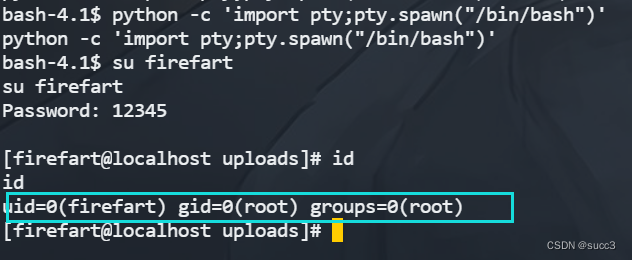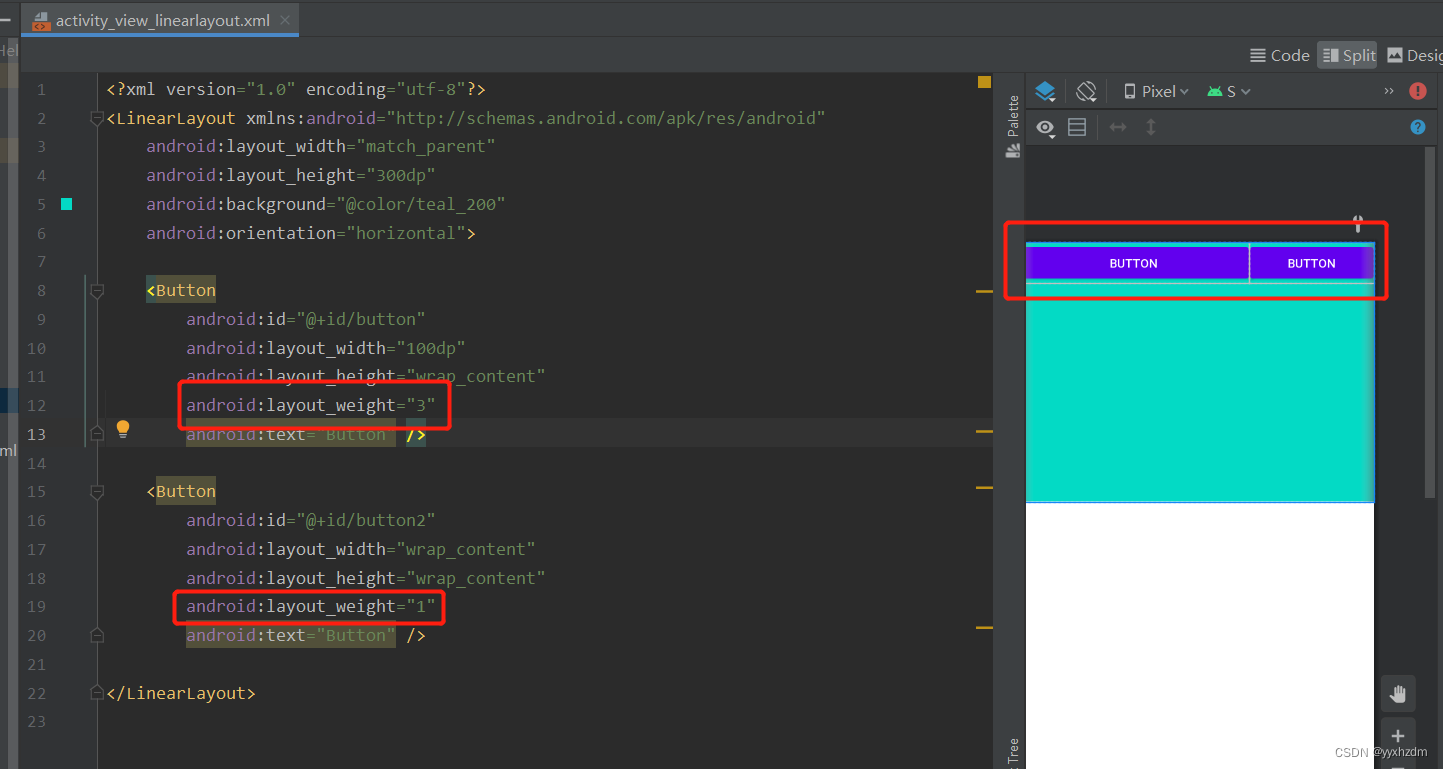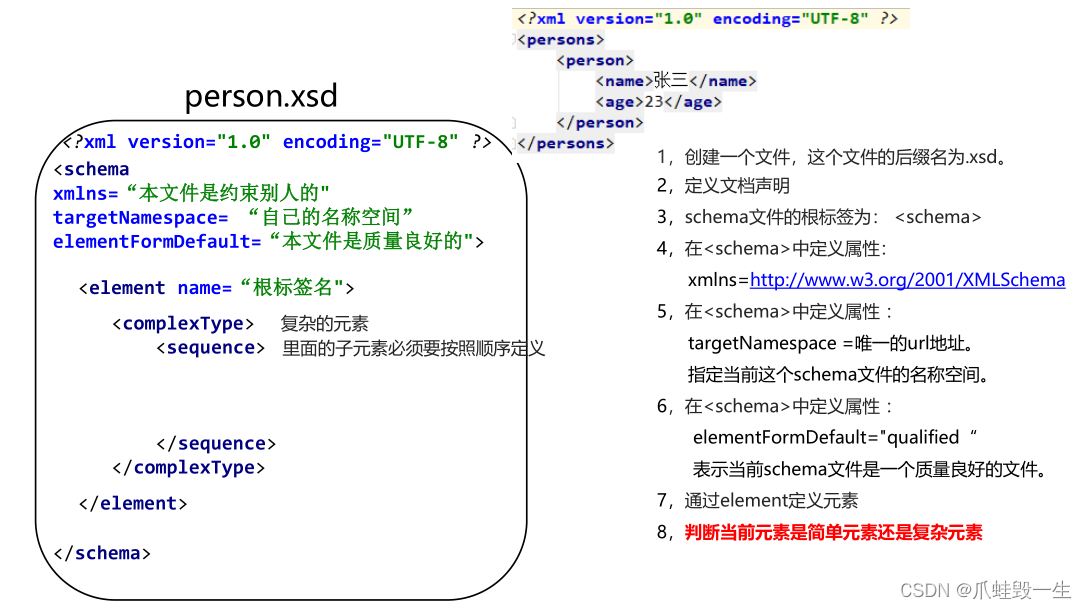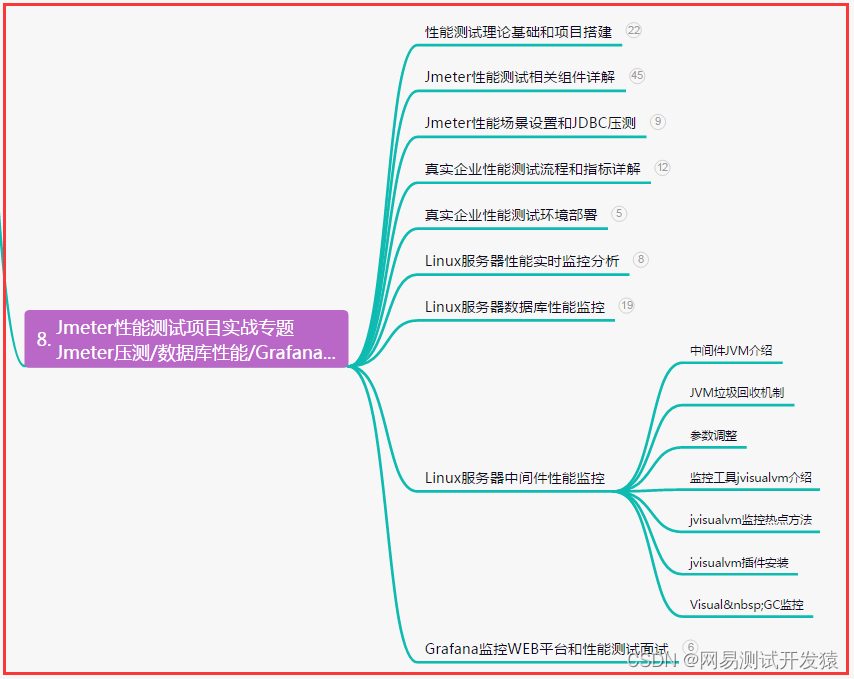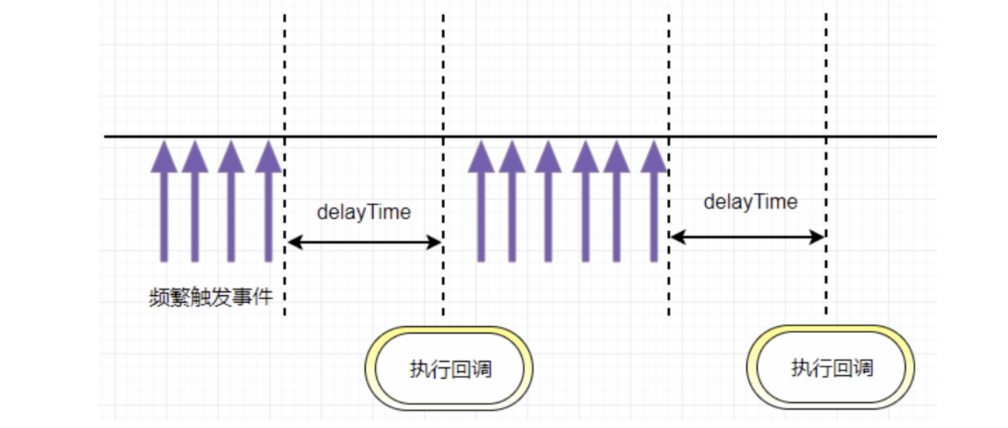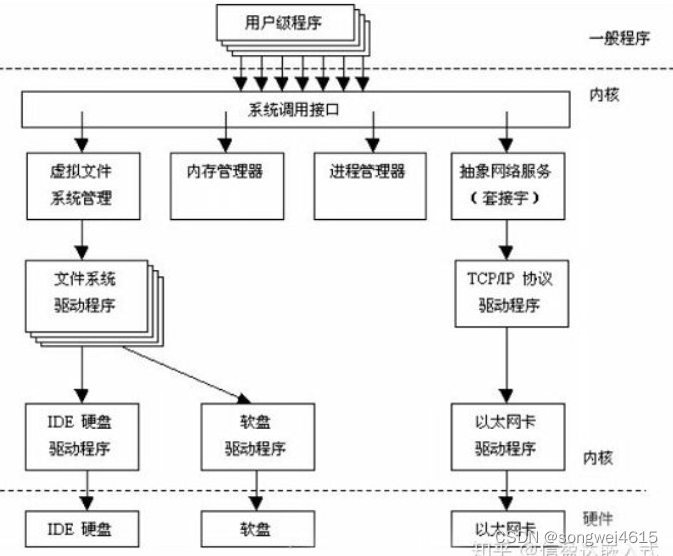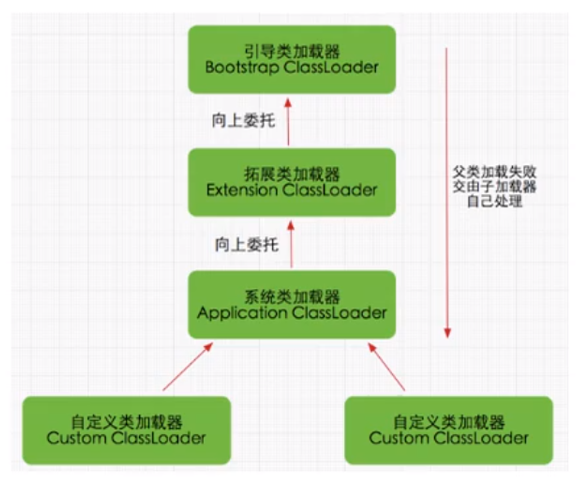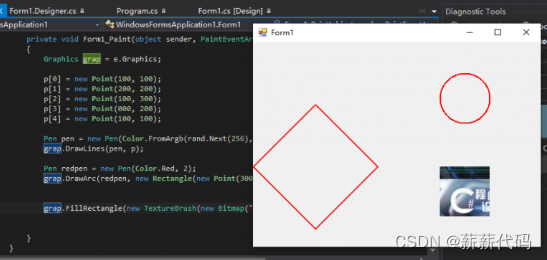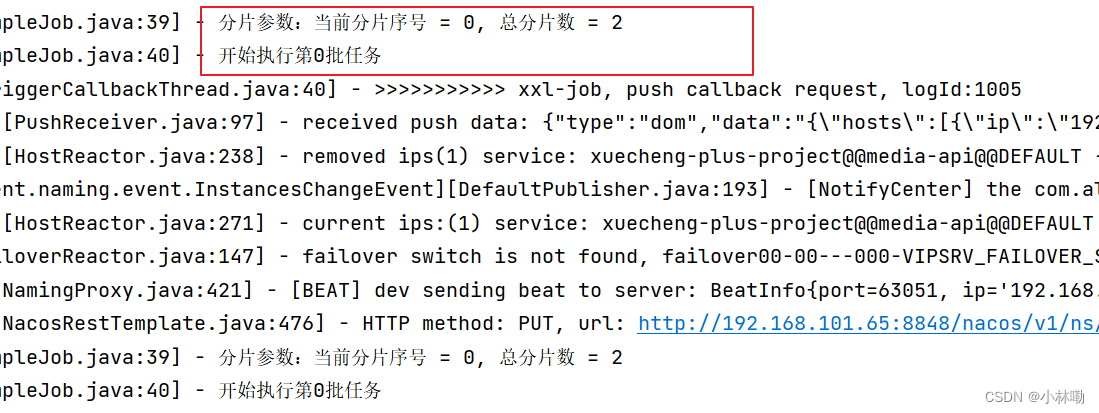centos7防火墙工具firewall-cmd使用
- 防火墙概述
- centos7防火墙工具firewall-cmd使用介绍
- firewalld的基本使用
- 服务管理工具相关指令
- 配置firewalld-cmd
防火墙概述
防火墙是可以帮助计算机在内部网络和外部网络之间构建一道相对隔绝的保护屏障,从而保护数据信息的一种技术。如果服务器开启了防火墙,并设置了屏蔽外界访问的规则,那么在远程连接该服务器时,可能会导致访问失败。
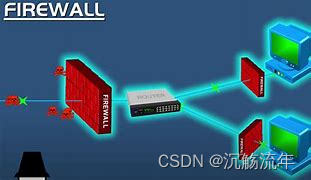
Linux系统存在不同的发行版本,不同发行版本中开启或关闭系统防火墙的命令不同
centos7防火墙工具firewall-cmd使用介绍
firewalld的基本使用
启动: systemctl start firewalld
查看状态: systemctl status firewalld
停止: systemctl disable firewalld
禁用: systemctl stop firewalld
服务管理工具相关指令
systemctl是CentOS7的服务管理工具中主要的工具,它融合之前service和chkconfig的功能于一体。 与firewalld相关的基本指令如下
启动一个服务:systemctl start firewalld.service
关闭一个服务:systemctl stop firewalld.service
重启一个服务:systemctl restart firewalld.service
显示一个服务的状态:systemctl status firewalld.service
在开机时启用一个服务:systemctl enable firewalld.service
在开机时禁用一个服务:systemctl disable firewalld.service
查看服务是否开机启动:systemctl is-enabled firewalld.service
查看已启动的服务列表:systemctl list-unit-files|grep enabled
查看启动失败的服务列表:systemctl --failed
配置firewalld-cmd
查看版本: firewall-cmd --version
查看帮助: firewall-cmd --help
显示状态: firewall-cmd --state
查看所有打开的端口: firewall-cmd --zone=public --list-ports
更新防火墙规则: firewall-cmd --reload
查看区域信息: firewall-cmd --get-active-zones
查看指定接口所属区域: firewall-cmd --get-zone-of-interface=eth0
拒绝所有包:firewall-cmd --panic-on
取消拒绝状态: firewall-cmd --panic-off
查看是否拒绝: firewall-cmd --query-panic
示例:开启80端口
添加80端口配置: firewall-cmd --zone=public --add-port=80/tcp --permanent (–permanent永久生效,没有此参数重启后失效)
重新载入: firewall-cmd --reload
查看-指定端口是否开启: firewall-cmd --zone=public --query-port=80/tcp
查看已开启的端口: firewall-cmd --list-port
删除80端口配置: firewall-cmd --zone=public --remove-port=80/tcp --permanent
